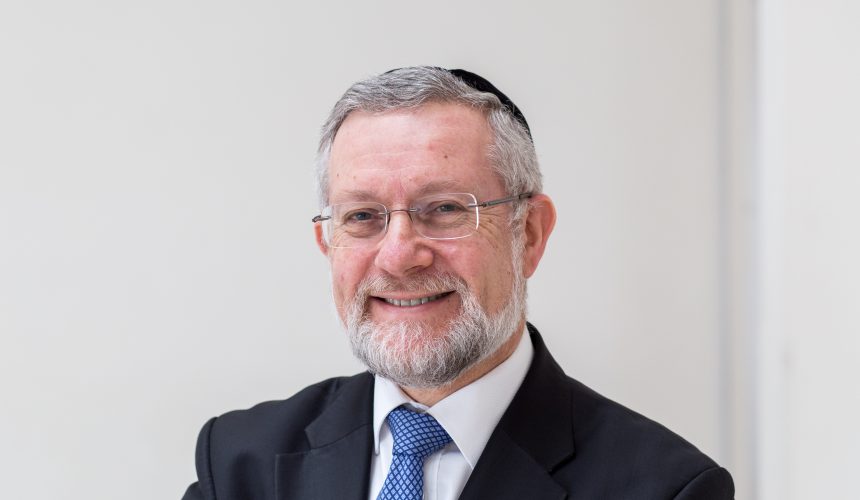BUYING POWER Tucked into the first of this week’s two parashiot, is a fascinating insight into Jewish Business Ethics. The Israelites were now in their fortieth year in the desert. They were approaching the land of Canaan from the south. Their route northward entailed passing through part of the territory of Edom. In accordance with protocol, they asked the local monarch, the king of Edom, for permission to traverse his country. “Let us pass through your land. We won’t go into any field or vineyard. We won’t drink the water of a well. We will travel on the main highway,...
Korach

CONFLICT RESOLUTION If there is one Shabbat of the year when the message of the parasha is bound to be topical it has to be this week, Parashat Korach. Rebellion. Insurrection. Machloket. Hardly a week goes by without someone, some place, somewhere in the world having a dispute. However, as well as describing the full blown conflict of Korach and his followers, the parasha also teaches us an important lesson in Conflict Resolution. There is a decisive demonstration of G-d’s support for Moses and the vindication of his authority. Korach and his men are taught a dramatic lesson. The ground...
Shelach Lecha

KALEV’S SECRET WEAPON Twelve men are sent out on a mission. The brief? Spy-out the land of Israel and report back. Ten men become overwhelmed at the challenges that lie ahead. They decide that they could not support the entry to Israel. Two men, Joshua and Kalev, oppose them. We understand how Joshua was able to stand up to the others. Moses had prayed on his behalf, in advance. He changed his name from Hoshea to Joshua, adding the letter Yud, one of the letters of G-d’s Name. The Targum Yonatan explains that Moses was concerned that Joshua’s admirable quality...
Beha’alotecha

THE SEVEN BOOKS OF MOSES This Shabbat, we read Beha’alotcha, the third parasha of Bamidar, the fourth of the five books of the Torah. Yet there is a passage in the Talmud (Shabbat 116a) that states that there are not just five books of the Torah, but seven. The extra two are found in this week’s parasha. If you look inside a Sefer Torah, you will see that two verses, 10:35-36, are enclosed by two inverted nuns. The verses are very familiar. We say them whenever we open the Ark to take out the Sefer Torah and to put it...
Naso

AI ON THE ALTAR AI is on everyone’s mind. The statement on AI risk issued this week by leading scientists and thinkers, projects concern to a new level. “Mitigating the risk of extinction from AI should be a global priority,” they say, “alongside other societal-scale risks such as pandemics and nuclear war.” Responsible discussion about these issues has been taking place for some time. The Oxford Institute for Ethics in AI was founded in February 2021 and similar associations exist in Harvard and elsewhere. In view of this week’s alarming statement, these discussions need to be escalated. Will AI affect...

